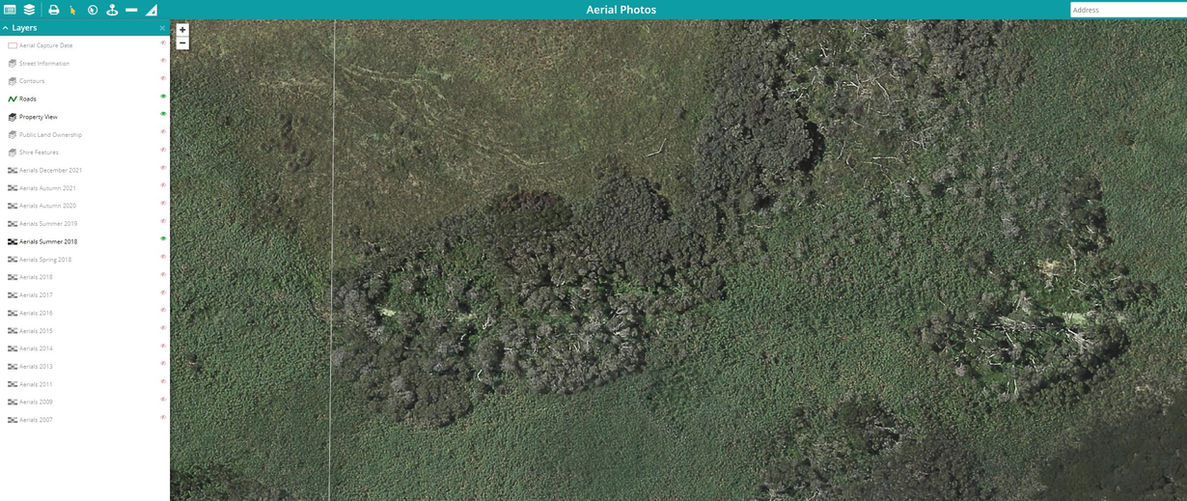
Enviromaint is a highly reputable partner in ecological restoration, with over 10 years of experience in preserving biodiversity on the Nepean Peninsula using the "method of least disturbance". Our expertise and commitment to excellence make us the ideal choice to help you protect and enhance the natural beauty of your land. Let us assist you in achieving your environmental maintence goals with our professional approach and proven results.

Welcome to Enviromaint
At Enviromaint, we are committed to helping maintain our local biodiversity in natures network. Enviromaints' core principle is the method of least disturbance; it is a principle that guides the process of weed control methods in ecological restoration projects. Principles and Methodology. Enviromaints' core principle is the method of least disturbance; it is a principle that guides the process of weed control methods in ecological restoration projects. The method of least disturbance is a multidisciplined approach, where all parts – flora and fauna – reform together gradually, reconnecting and strengthening its continuity as a network. By systematically, holistically, reducing the threatening processes and maximising continuity, a site can be restored. It is an environmental weed control method that has been derived and refined around reinstating ecosystems from restoration to retention, and believes that revegetation is only suitable for human modified zones, where any recruitment is not possible and modification is continuous. It is essential that the control option(s) prevents the most harm to the native plants and soil structure, while effectively reducing the weed population, and reducing its impact on biodiversity over time. Poor methods can cause the sites to open up through too much disturbance causing it to be readily colonised by a new weed species. With The method of least disturbance Control options are often used in combinations, utilising Succession Control and Chemical control factors by using selective methods for removing weeds with as minimum impact as possible whilst also minimising damage to indigenous species giving them a greater opportunity to take their course and gradually replace the weeds over time resulting in the best ecological outcomes over time, encouraging provenance and recruitment, pushing sites towards minimal physical control, and ultimately balance. When difficult situations arise, and suitable biological control can be used in attempt to slow the progress of a threat. Physical control methods involve removing or killing the weeds by manual or mechanical means, such as hand weeding, shading, ring barking, grubbing, felling, or mulching. These methods are labour-intensive but have the advantage of targeting the weed in question. However, they can also disturb the soil and damage the native seedlings, especially if the weeds have extensive root systems or are intertwined with the native plants. Therefore, the method of least disturbance suggests using physical control methods only when the weeds are isolated, sparse, or easy to remove. Chemical control methods involve applying herbicides to the weeds, either by spraying, basal barking, injecting, swabbing, or using granules or gels. These methods are effective and efficient, but they can also harm the native plants and the soil organisms, especially if the herbicides are non-selective, persistent, or applied at high doses. Therefore, the method of least disturbance suggests using chemical control methods only when the weeds are dense, difficult, or impossible to remove by physical means, and choosing the herbicide that is most selective, systematic, and appropriate for the weed and the site conditions. Biological control methods involve introducing natural enemies of the weeds, such as insects, fungi, or bacteria, to reduce their growth and reproduction. These methods are long-term and low-cost, but they do not eradicate the weeds and may have unintended consequences on the native plants and the ecosystem. Therefore, the method of least disturbance suggests using biological control methods only when the weeds are widespread, dominant, or invasive, and checking with the regional council to see if there are any approved and effective biological control agents for the weed. Succession control methods involve letting the native plants take their course and gradually replace the weeds over time. These methods are passive and natural, but they require patience and monitoring, as the weeds may persist or reinvade the site. Therefore, the method of least disturbance suggests using succession control methods only when the weeds are temporary, benign, or beneficial, and when the native plants are resilient, diverse, or competitive.
Restoration Services
Retain Restore. The best practice for environmental restoration is to retain intact autochthonous vegetation, if the vegetation is degraded, controlled weed removal can restore it to a level where biodiversity interactions start to improve and can restore recruitment retaining resilience and provenance, through the method of least disturbance. By retaining as much as possible with our progressive reductive approach, restoration can progressively return without the need for revegetation and further site disturbance that results in more weed control. In this view revegetation is only needed in areas were recruitment is unlikely to return in the future, were biodiversity interactions are broken and unlikely to return to a natural state. We specialise in eliminating weeds from natural systems and maximising continuity in ecological systems. Our environmental weed control method, derived from retention refined around the factors of removing weeds with minimum impact, ensures the best ecological outcomes over time. Explore our services, clients, and samples of our work to see how we can help you make a positive impact on the environment.

Weed Control

Weed management plans












